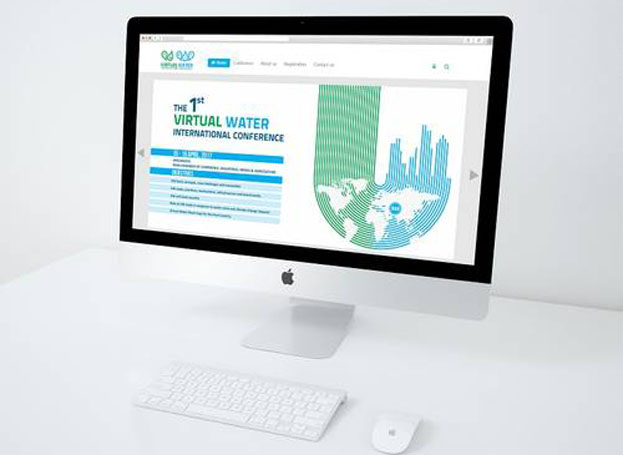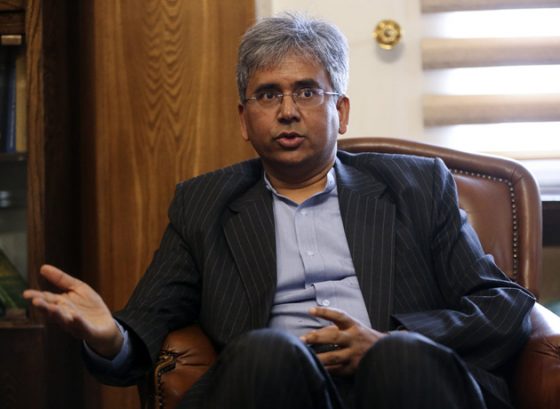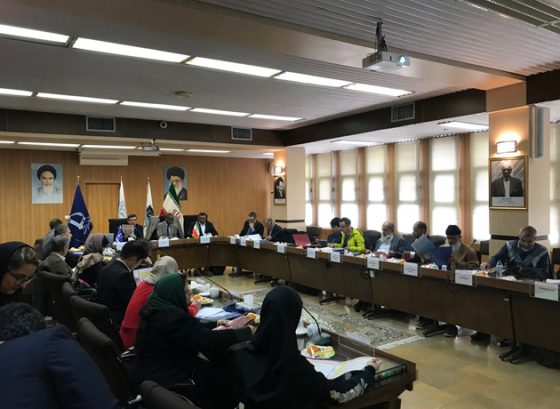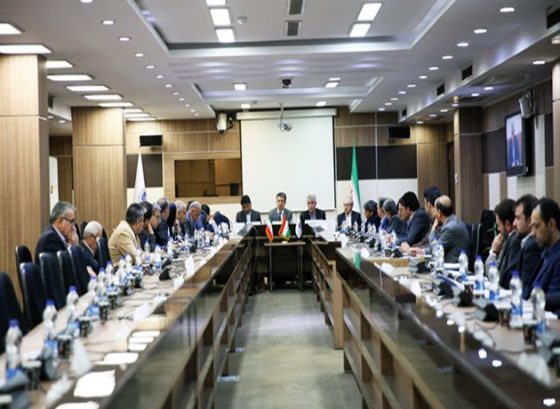1st Virtual Water International Conference takes place in Tehran

The Iranian Chamber of Commerce, Industries, Mines, and Agriculture (CCIMA) organized a two-day conference in Tehran to highlight the value of Virtual Water to address impacts of climate change, population growth and food security at national, regional and global levels, AVA Diplomatic reports.
The Conference, supported by UNESCO, focused in particular on the effective use of water in agriculture and looked at means to enhance policies, investments and governance to sustainable increase water and land productivity. Participants discussed tools for strategic planning of optimal and sustainable allocation of scarce water resources, and a regional collaborative strategy for a water-reform agenda.
Key speakers in the opening session included Mr. M.H. Shariatmadar, Head of National Agriculture and Water Strategic Research Center and Head of Executive Committee of the conference; Dr. Taheri, Senior HSE Advisor to the Minister of Energy and Head of Scientific Committee of the Conference; Mr. Gh. Shafei, President of Iran Chamber of Commerce; H.E. Dr. V.A. Araqchi, Deputy Foreign Minister for International and Legal Affairs; Ms. Yvette Daoud, Deputy Head of Mission, Embassy of the kingdom of the Netherlands; Mr. Serge Nakouzi, FAO Representative in the Islamic Republic of Iran; H.E. Mr. M. Hojjati, Minister of Jihad Agriculture; Prof. A. Hoekstra (by video) of the University of Twente, Netherlands; Mr. A. Keshavraz, Deputy Minister of Agriculture; and Prof. T. Allan (video) of the Department of Geography of King’s College London, UK.
“Because the virtual water theory can encounter many complications and has considerable details, it is imperative that a precise and inclusive study is undertaken regarding its potential consequences,” said Mr. Shariatmadar.
Mr. Abbas Keshavarz said the first step to implement the virtual water theory was to create a national consensus over it.
“All the weak and strong points of the theory must be identified first so that we can successfully implement it,” he said, stressing that the final cost and efficiency of water usage will be key factors.
Virtual water refers to the hidden flow of water when food or other commodities are traded. For instance, it takes 1,600 cubic meters of water on average to produce one metric ton of wheat. The precise volume can be more or less depending on climatic conditions, agricultural practice and food trading.
Mr. Serge Nakouzi, FAO Representative to Iran, warned that water availability in the Middle East and North Africa region decreased by about 65 percent during the last 40 years and was expected to fall by another 50 percent by 2050.
In parallel to the Conference, a workshop was held with the topic “Role Play on Globalization of Water Management; Interactive Learning about Water Footprint and Virtual Water Trade”. The workshop looked at the global dimension of water management through trading of water-intensive products including trans-border externalities (i.e. the import of water-intensive commodities contributes to water scarcity and reduced environmental water flows in other countries); the concept of comparative advantage applied to water (i.e. a country can profit from exporting water-intensive commodities for which it has relatively high water productivity and importing commodities for which it requires relatively a lot of water per unit); and national water self-sufficiency versus water-dependency.




